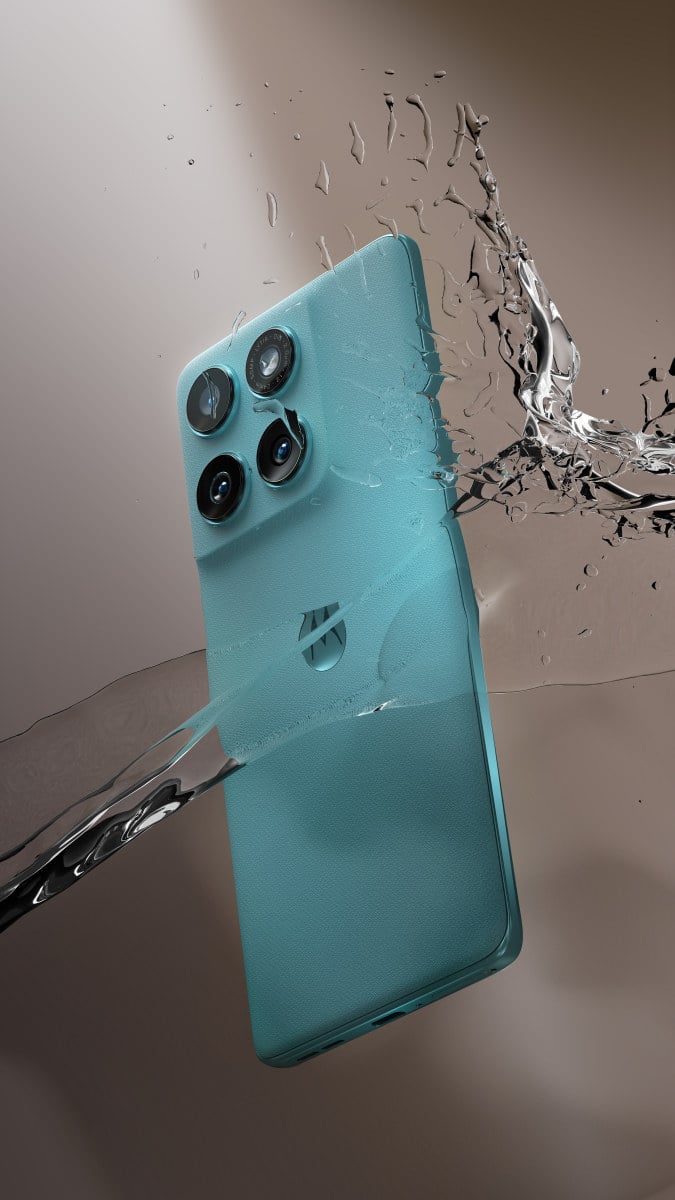
The Ateneo Laboratory for Intelligent Visual Environments (ALIVE) and Taiwanese researchers have developed an artificial intelligence-assisted diagnostic system that can identify tooth and sinus structures with a 98.2% accuracy, which could help in immediate diagnosis of odontogenic sinusitis. The YOLO (You Only Look Once) 11n model seeks to lower the radiation exposure of patients and to reduce diagnostic costs.
“The detection method developed in this study effectively reduces the radiation dose patients receive during CT imaging and serves as an auxiliary system, providing dentists with reliable support for the precise diagnosis of odontogenic sinusitis,” according to the study by ALIVE and Taiwan’s Chang Gung Memorial Hospital, National Cheng Kung University, Chung Yuan Christian University, and Ming Chi University of Technology. Odontogenic sinusitis is an inflammation of the sinuses caused by dental problems. If left undiagnosed, the infection could spread to the face, eyes, and even the brain.

Early symptoms resemble those of general sinusitis including nasal congestion, rhinorrhea, and foul odor. Diagnosis is usually done by both otolaryngologists and dental professionals. With the AI dental assistant, the technology could become a standard tool in dental and ears, nose, and throat (ENT) clinics.
“The system is designed to determine whether dental root apices are close to the sinus floor. Additionally, it highlights sinus locations through image enhancement. This technology instantly identifies the proximity between tooth roots and the sinus floor when capturing a DPR (dental panoramic radiographs) image,” the study read.
“It alerts patients to potential risks and facilitates case information sharing with otolaryngologists, providing additional reference data for clinical diagnosis.” In the study, the researchers noted that the YOLO 11n model outperformed the other models. “This study utilized the YOLOv11n model and compared its performance with other traditional algorithmic models, demonstrating significant advantages in single-tooth detection tasks on DPR images.
The YOLOv11n model achieved a precision and recall of 98.2%..
. substantially outperforming other methods,” researchers said. —Vince Angelo Ferreras/RF, GMA Integrated News.















